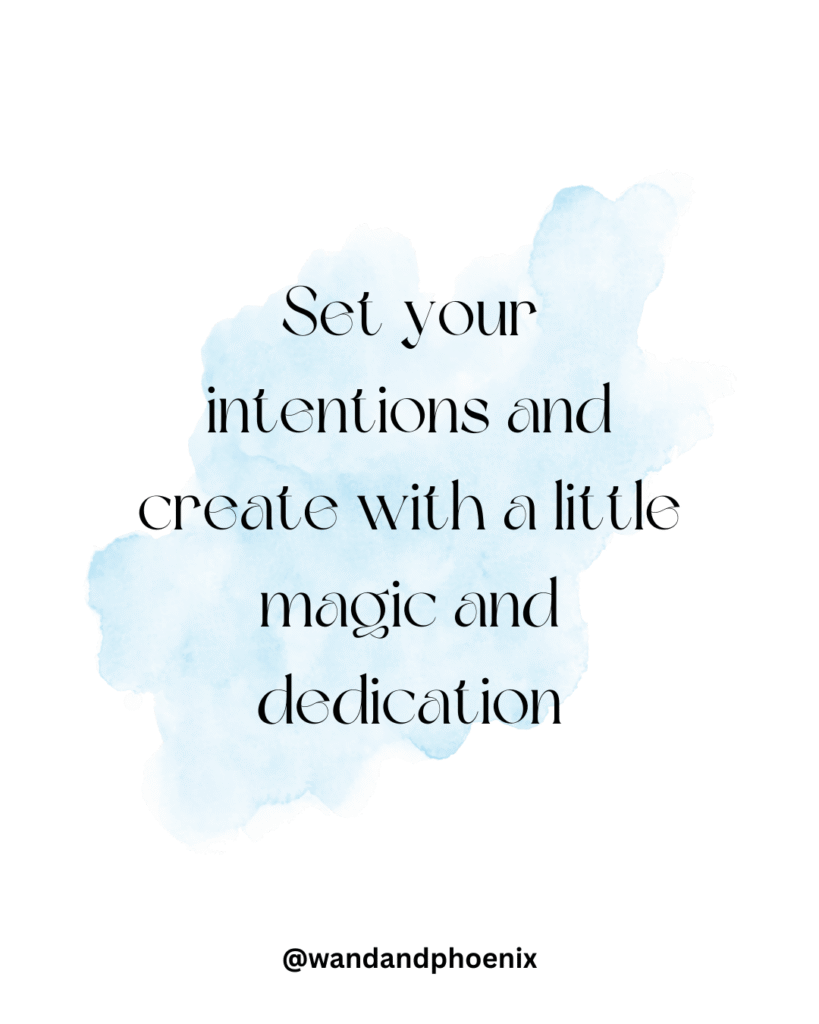Procrastination is an ever-present challenge for anyone striving toward their goals. It lurks in the background, tempting us to delay what we know must be done, despite our best intentions. The irony is stark: we’re often acutely aware of our priorities, yet translating that knowledge into meaningful action can feel like a monumental task.
At its core, procrastination is the art of postponing tasks—sometimes indefinitely—in favour of activities that offer immediate comfort or distraction. It’s a familiar foe for many, and, trust me, you’re not alone in this struggle. The frustration of knowing exactly what needs doing, but still not doing it, is universal. Yet, it’s important to note that not all procrastination is detrimental; in some cases, delaying a decision can create space for creativity or deeper reflection—a phenomenon known as positive procrastination. I’ll touch on that more later in this post.
Navigating the maze of procrastination and learning to overcome it is crucial on the path to personal and professional success. If you look closely, you’ll find that even the most accomplished people—entrepreneurs, creatives, visionaries—face procrastination. The difference is that they’ve developed mechanisms to manage it, ensuring it doesn’t derail their ambitions.
Personally, I’m committed to learning how to master this challenge. This journey isn’t just about reaching a destination—it’s about continuous improvement and growth. With each experience and every strategy I try, I discover new ways to outsmart procrastination, and I’m eager to share these insights with you. Let’s embark on this journey together—because the more we practice and refine our approach, the more progress we’ll make, step by step, towards beating the procrastination trap for good.

Practice makes improvements
Here are my Top 5 Tips for Beating Procrastination—expanded with insights and examples:
· Set a schedule and allocate the time
While it might sound straightforward, deliberately setting aside specific blocks of time for important tasks can make all the difference. Use a calendar app or a planner to schedule your work, breaking larger goals into manageable steps. For example, dedicate 30 minutes in the morning for writing, then another slot for emails. Treat these appointments with yourself as non-negotiable—just like you would a meeting with someone else. Consistency builds routine, and routine helps override the impulse to procrastinate.
· Organize my environment
The space you work in can significantly impact your motivation and focus. Taking a few minutes to tidy your desk, declutter your workspace, or arrange your materials can help clear mental fog and spark creativity. However, be mindful of not letting “organizing” become its own form of avoidance—set a timer for 10 minutes and then jump into the real work. Even adding a plant, a favourite mug, or some inspiring quotes can make your workspace more engaging and inviting.
· Background focus music
Music isn’t just entertainment; it can be a powerful productivity tool. Creating a playlist of instrumental tracks or ambient sounds can help you settle into a rhythm. Personally, I find that movie soundtracks—like those from Lord of the Rings—boost my focus and motivate me to start. Choose music that isn’t distracting and experiment to find what best puts you in a productive state. There are also apps like Brain.fm or YouTube channels devoted entirely to focus music.
· 5 Minute Method
When a task feels overwhelming, the hardest part is often getting started. By telling yourself you only need to commit to five minutes, you lower the barrier to entry. Once those five minutes are up, you can stop if you want—but more often than not, you’ll find momentum carries you further. This method works especially well on days when energy is low or motivation is lacking. It’s about showing up, no matter how small the effort, and building a streak of progress over time.
· 5 Second Rule (Mel Robbins)
Inspired by Mel Robbins’ book, this technique is all about action over analysis. The premise is simple: when you feel the urge to act on a goal, count down from five—5, 4, 3, 2, 1—and then move. This interrupts your habit of hesitation and gives your brain a cue to shift from thought to action. For example, if you’re debating whether to start a report, use the countdown and begin typing as soon as you reach “1.” It’s a practical tool for combating overthinking and building proactive habits.
Each of these strategies is a building block in the ongoing effort to outsmart procrastination. Try them, adapt them, and discover which ones work best for you. Progress is built one small, intentional action at a time.
I try to read more over time and listen to podcasts to improve my productivity.
There are some amazing ideas out there and I know that they work. What I struggle with, and I am sure that you sometimes do it, is actually using them…
I have all the best intentions for everyday but to actually get on with things that I know I need to do is so hard. Sometimes I don’t know why I can’t move forward and get on using these. That is what I intend to find out more and fix. I want to control myself enough to do what I know I need to do.
If anyone reading this is struggling with something similar and has any other tips, please leave a comment and let’s try together. I am fed up of all my excuses and over the years things just don’t change. That is what I am trying to stop.
If you have any recommendations about Procrastination that you would like me to try or think that it will have a great impact on our Success then let me know in the comments. Get in touch via Facebook or Pinterest.
Let’s do this.
To our success,
Jonathan 🙂
